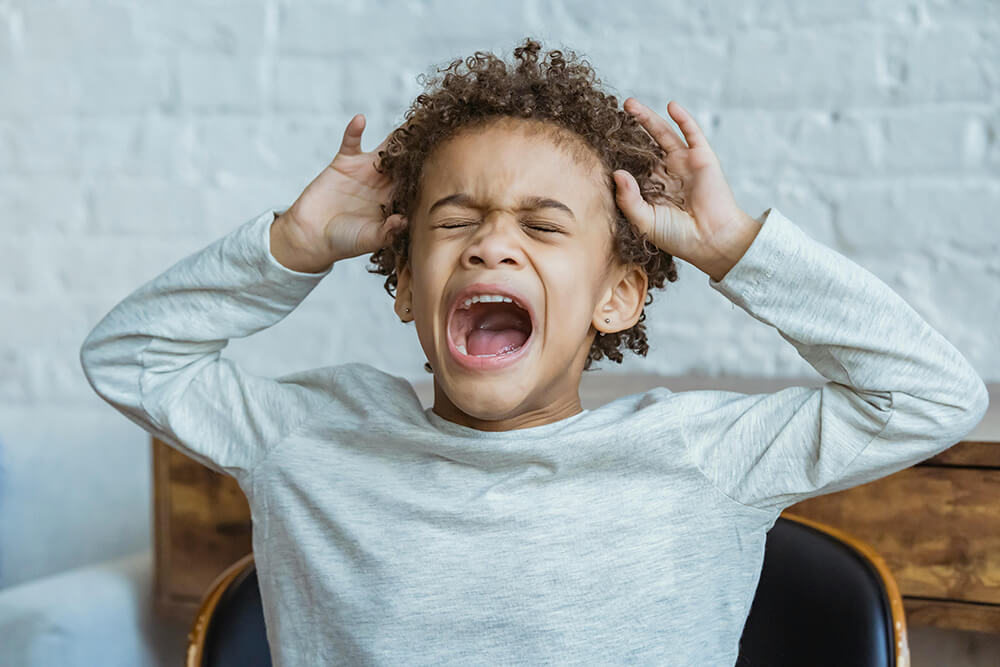Many parents and teachers find themselves at a loss when faced with a child who seems constantly impulsive or inattentive.
They often wonder: Is this child being deliberately defiant? Are they choosing to ignore instructions? Or do they genuinely struggle to control their behavior?
Questions like these can lead to concerns about whether the child might have Attention Deficit Hyperactivity Disorder (ADHD).
It’s easy to assume that the child knows better—that they understand the rules, remember what’s expected, and can make more appropriate choices. But this assumption can make it even harder to understand the behavior when it happens.
The truth is, children who act impulsively often lack the tools to regulate their actions the way adults expect.
In this article, we’ll explore how to recognize a lack of impulse control in children, uncover common underlying causes, and share practical strategies and resources to better support them.
Signs and Causes of Impulsivity
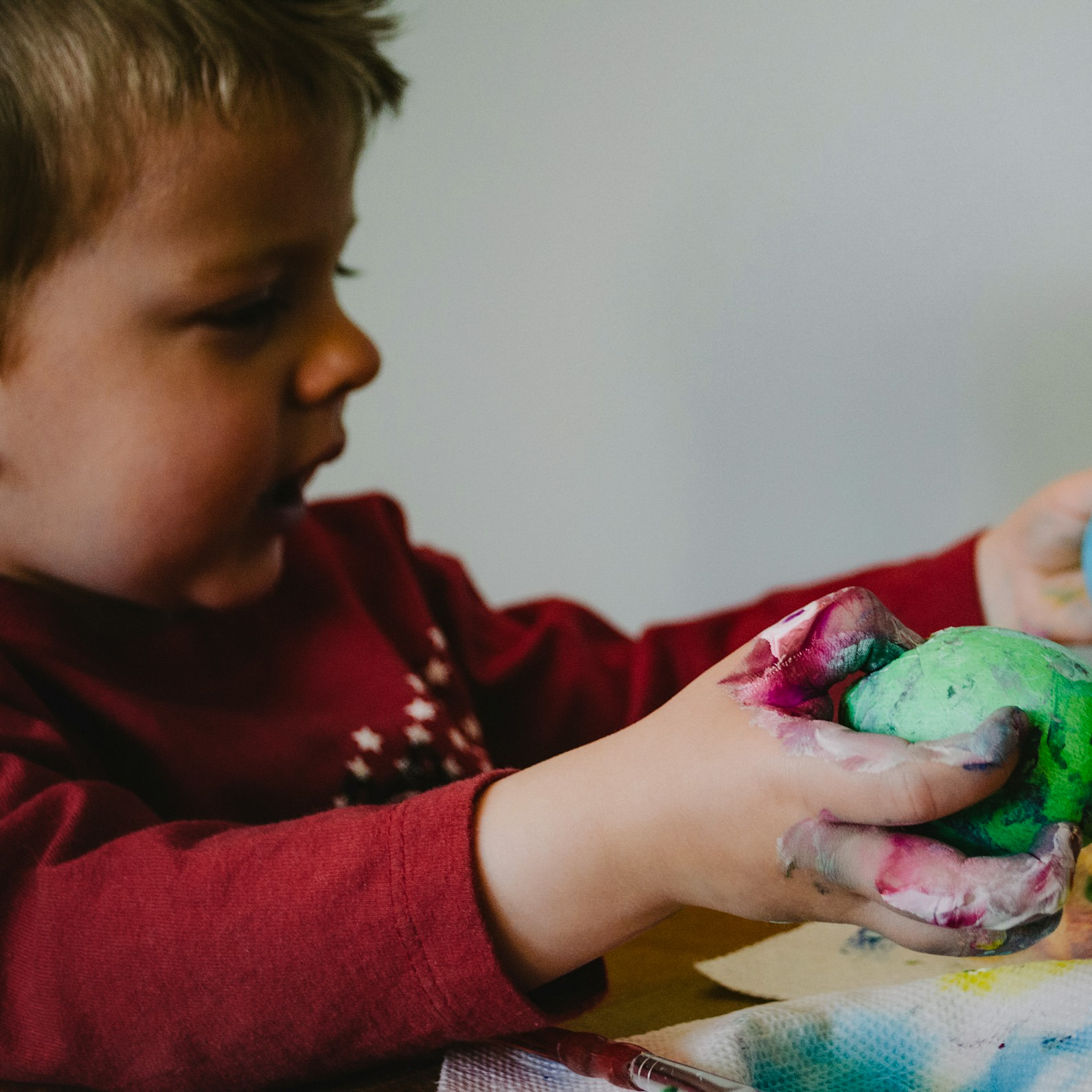
Some level of impulsivity is to be expected in young kids as they grow and gradually learn to control their impulses.
However, this impulsive behavior may be excessive, to the point where it is more disruptive in learning and daily life activities and more significant than the typical impulsivity demonstrated at different developmental ages.
Research shows that this “excessive impulsivity” is likely a neurological issue and not closely associated with intent.
To effectively reduce and manage impulse control in children, caregivers and educators need to identify triggers and when their behavior is disruptive. Some examples of excessively impulsive behavior include:
- Interrupting
- Difficulty taking turns
- Grabbing
- Acting before thinking
- Poor emotional regulation
- Becoming easily frustrated
Once identified, there are several ways in which a child may be supported to manage their symptoms.
Appropriate Impulsive Behavior Treatment

Some parents immediately turn to medication to treat their child’s impulsive behavior. Although medication is a treatment option, overdiagnosis and overmedication can be rampant in this field.
When paired with the multiple side effects that drugs can have, we offer a structured, consistent, individualized behavioral plan as the first step for an effective solution.
This falls in line with a CDC report, which states that therapy should be the first form of impulsive behavior treatment, even more so for children under 6 years of age.
A targeted behavioral plan and its implementation at school and home can significantly diminish impulsive behaviors over time. The child is rewarded for specific desirable behaviors, but simultaneously receives consequences for unwanted, negative behaviors.
Using this dual approach to impulse control in children, we give the child consistent opportunities to be positively reinforced, increasing the likelihood of positive behaviors. While concurrently decreasing negative behaviors via specific consequences.
It is critical to follow through on the rewards and consequences in a timely manner based on the age and capacity of the child. The younger the child, the more necessary it is to have an immediate reward or consequence.
Without follow-through, consistency, timeliness, and tracking of targeted, explicit behaviors, the impulsive behavior treatment interventions are less likely to succeed.
For parents, consulting and working closely with your child’s teachers and counselors can also be very beneficial, as a collaborative and professional team approach is ideal.
Actionable Impulsive Behavior Treatment Tips
Caring professionals, experienced in developmental assessments and working with children, can identify triggers of your child’s impulsiveness and recommend the best course of action towards managing disruptive behaviors.
However, we recognize that seeking professional help can feel overwhelming for children and parents alike. If your child is displaying signs of impulsiveness, here are a few strategies you and your child’s teachers can apply to encourage more desirable behaviors.
Assign Turns
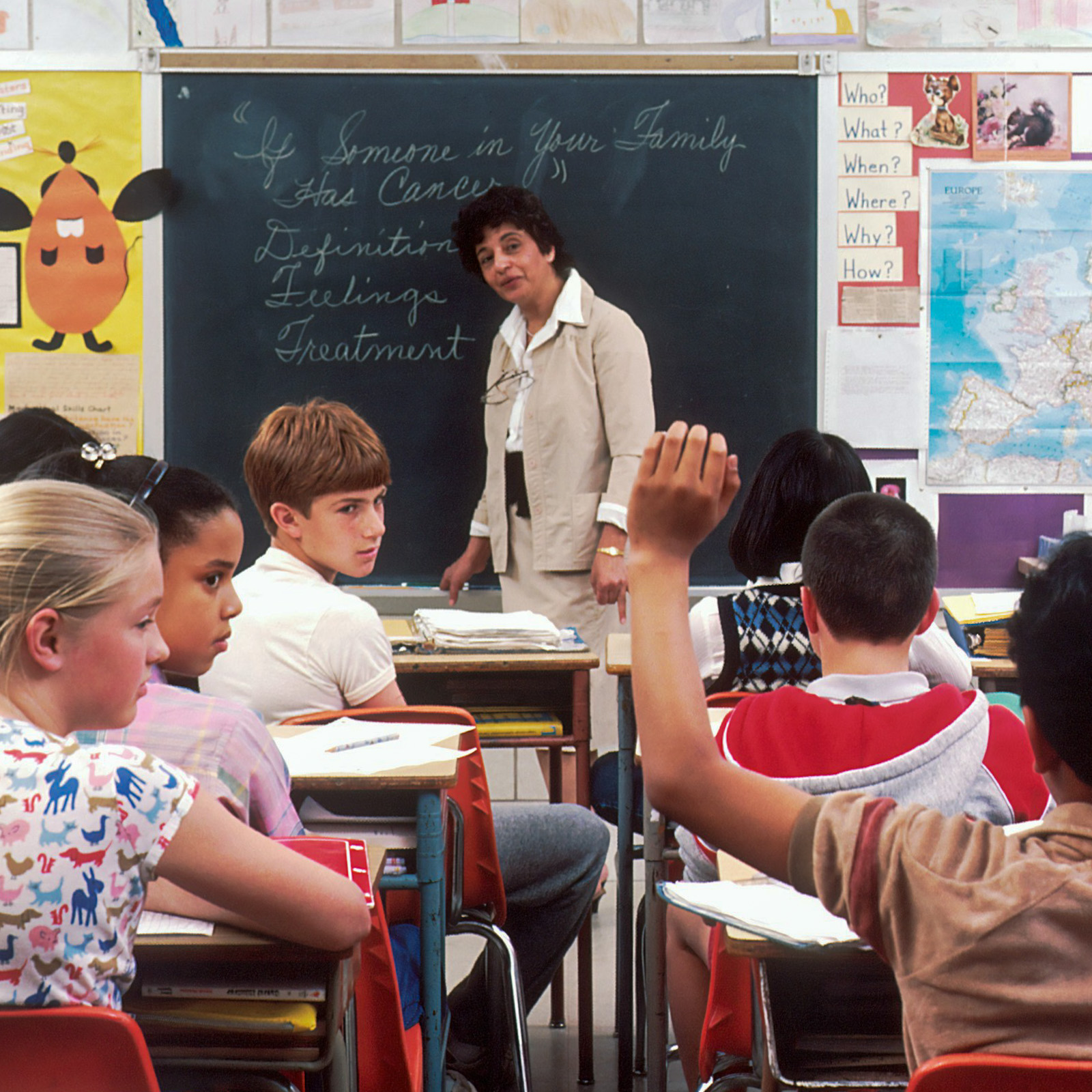
When in a classroom setting, instantly answering questions or allowing those who raise their hands first to speak encourages impulsivity. Instead, assign turns so that students practice waiting without interrupting.
By delaying gratification you can help kids think about long-term consequences, rather than focusing on short-term benefits. This can also be applied to chores, homework, etc. Offer a clear reward for completing a task, as well as a negative consequence for not doing so.
However, the reward should be close enough to the child’s task to establish a clear cause-and-effect relationship between the positive action and the reward.
For young children, these should be immediate. As they mature, rewards can be pushed further back, to the end of the day, a week, etc.
Ask Them to Repeat What You Said
It is common for impulsive children to not effectively listen to directions, run off, and completely forget what they were told.
Teach kids to listen to directions by only letting them go once they fully repeat what you told them. That way, they’re forced to pay attention and explain your instructions. Simply asking “Okay, what did I just tell you?” can have great benefits.
Create a Behavioral Point Chart
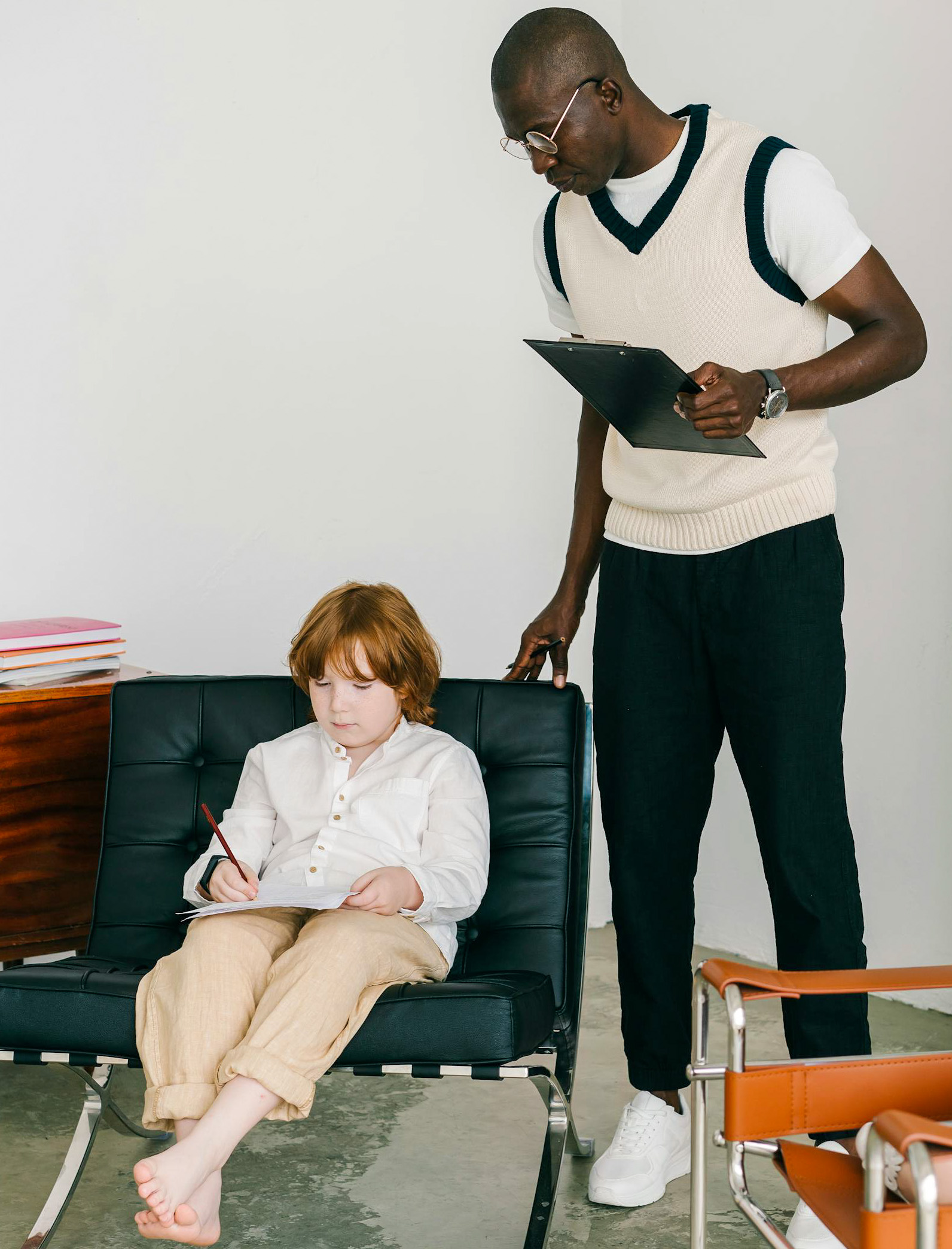
Select five of your child’s most disruptive behaviors and establish a point system with clear rewards/consequences for each. The child must be invested in the reward/consequence so that there is buy in from the child and they are also invested in achieving the goals.
Remember to also include verbal praise when children respond appropriately, to improve the association of positive behavior and positive outcomes.
Key Takeaways
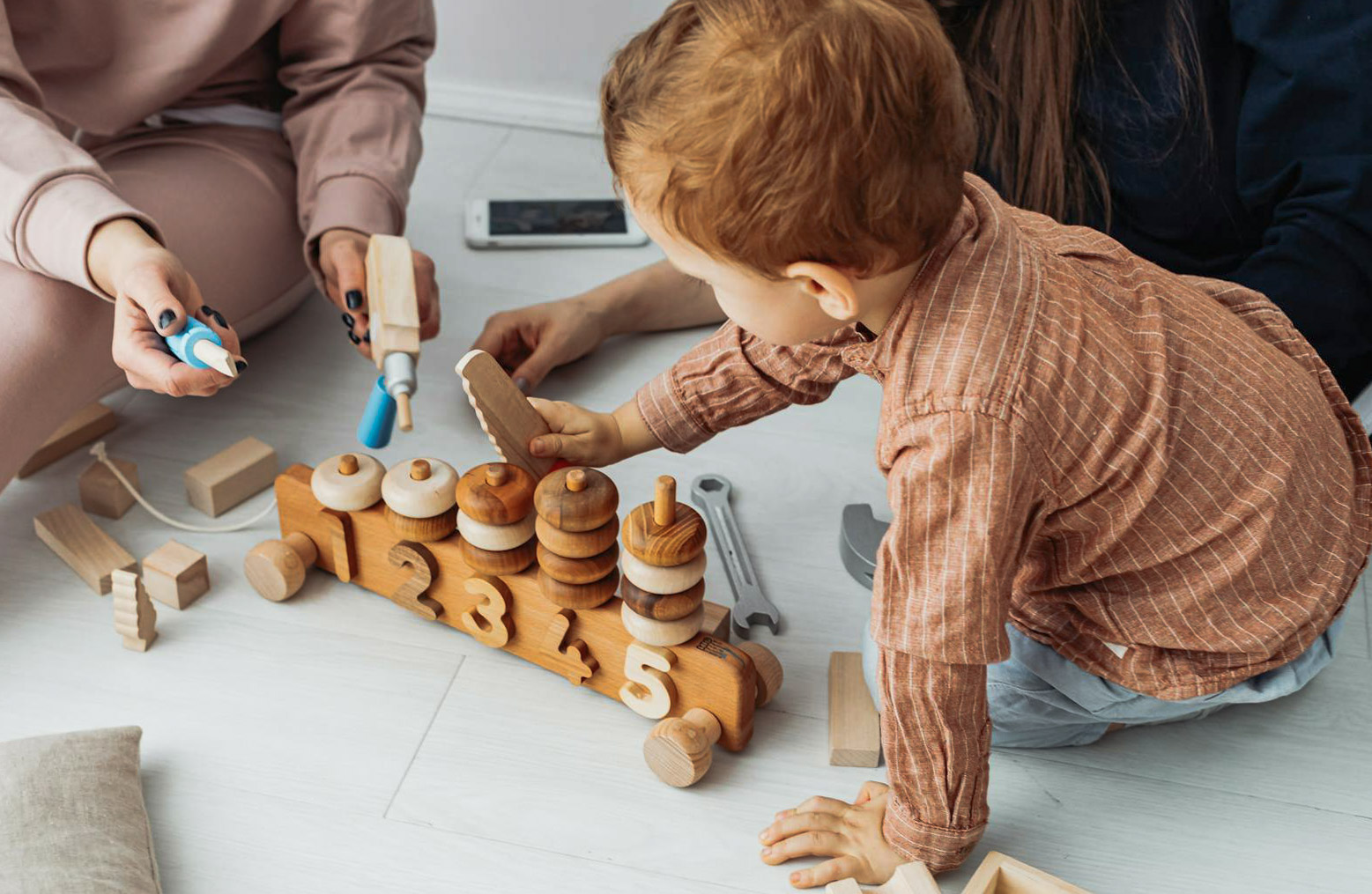
If your child presents some of the signs outlined above, like interrupting, grabbing, and poor emotional control, the key takeaway here is to consider that they may not be doing it intentionally.
Impulsiveness may be related to underlying neurology, and should be responded to as such. While some kids may need medication, many children can be trained to rewire their impulsivity through a well thought out individualized behavioral plan in home and in school.
The sooner you can implement a impulsive behavior treatment program with children who are being impulsive, emotionally dysregulated, and disruptive, the more likely you will be successful in changing the behaviors to more adaptive ones.
For more details on the markers of impulsivity, associated behaviors, and targeted impulsive behavior treatment that you can easily implement in a classroom or the home, please book a free 15 minute consult to schedule an assessment for your child today.
